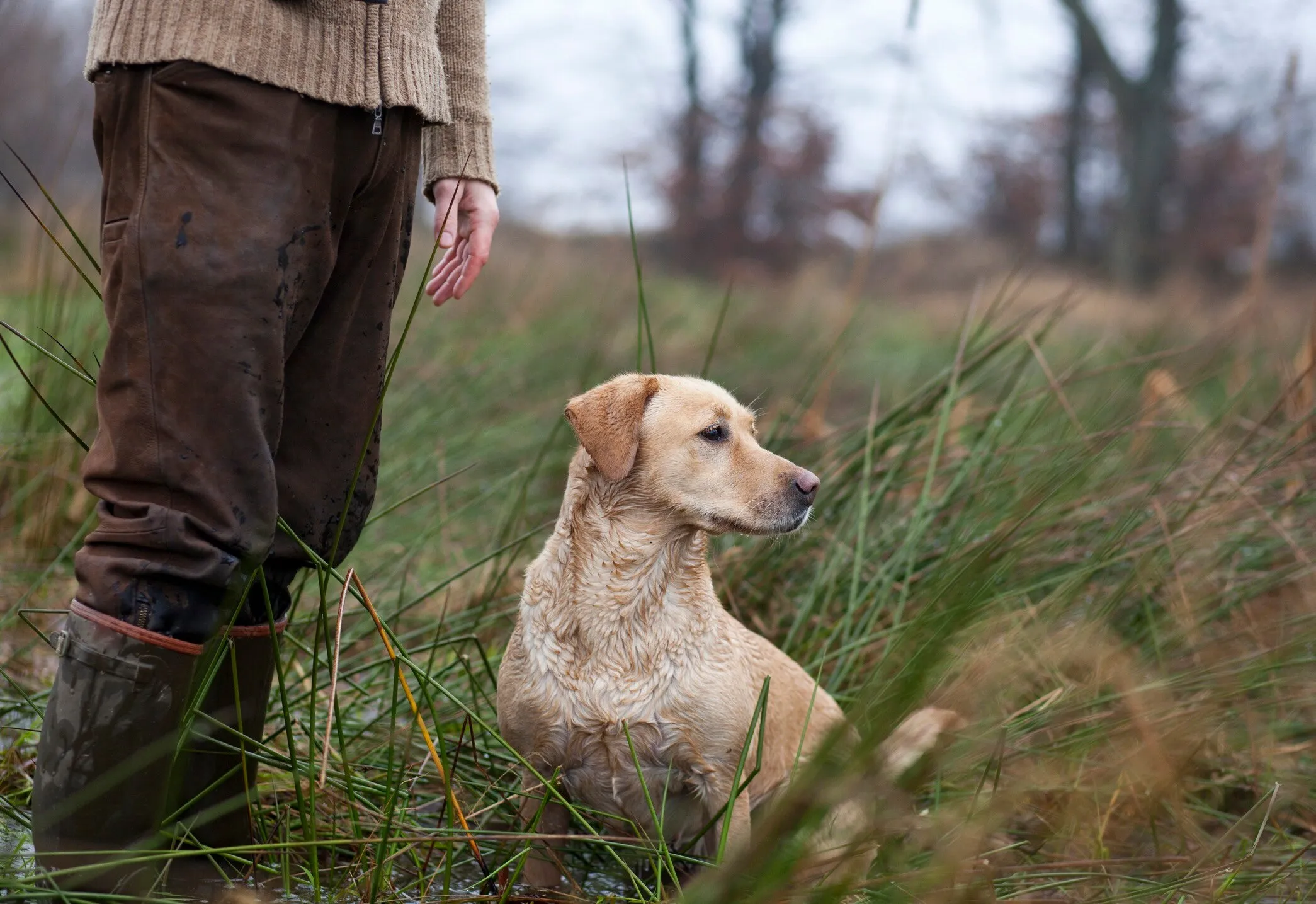The Labrador Retriever stands out as one of the most beloved dog breeds worldwide, prized for its friendly nature, intelligence, and versatility. Originating from Newfoundland, these medium-to-large sporting dogs excel as family companions, service animals, and working partners. With their muscular build, water-repellent double coat in yellow, black, or chocolate colors, and average weight of 55-80 pounds (females lighter), Labs typically measure 21-25 inches tall. Whether you’re a first-time owner or experienced pet parent, understanding Labrador Retriever care is key to ensuring a long, healthy life of 11-13 years.
Labs thrive in active households, loving water activities that trace back to their fishing heritage, as noted by The Labrador Retriever Club. They form strong bonds with families, including children and other pets, but require supervision during introductions. Their affectionate demeanor makes them ideal for outdoor adventures like swimming, hiking, or hunting.
Key Aspects of Labrador Retriever Care
Labrador Retrievers demand regular maintenance due to their high-energy lifestyle and shedding coat. Frequent brushing—two to three times weekly—helps manage their dense double coat, which sheds heavily year-round. Bathing should occur as recommended by your vet to keep skin and coat healthy, always ensuring full drying post-swim to prevent infections.
These dogs adore people, including strangers, and coexist well with other animals. However, their enthusiastic tails and playful energy mean close supervision around young kids is essential. Daily exercise, at least an hour, prevents boredom that could lead to destructive behaviors.
Common Labrador Retriever Health Issues
While generally robust, Labrador Retrievers face breed-specific health concerns. Early detection through routine vet checkups, including genetic testing for puppies from reputable breeders, can mitigate risks. According to veterinary sources like PetMD, awareness empowers owners to act proactively.
Ear Infections
Floppy ears trap moisture, especially after swimming—a Lab’s favorite pastime—leading to infections. Watch for redness, discharge, head shaking, tilting, odor, or pawing. Prevent by cleaning ears every 2-3 weeks with vet-approved solutions like Epi-Otic® Advanced, containing drying agents.
Tricuspid Valve Dysplasia (TVD)
This congenital heart defect causes blood leakage, potentially enlarging heart chambers. Symptoms range from heart murmurs to coughing, abdominal fluid, or breathing issues. Management includes medications; severe cases may need surgery. Prognosis varies, with some Labs living normally.
Elbow and Hip Dysplasia
Inherited joint issues like elbow dysplasia cause lameness, pain, and arthritis, diagnosed via X-rays or CT. Hip dysplasia leads to limping, reluctance to move, or bunny-hopping. Treatments span supplements, meds, weight control, to surgery. Joint aids like Dasuquin® or fish oil support mobility, per vet guidance.
Centronuclear Myopathy (CNM) and Exercise-Induced Collapse (EIC)
CNM weakens muscles in puppies 2-5 months old, progressing to atrophy; genetic testing screens carriers. EIC triggers hind-limb collapse post-exercise, with hyperthermia risks. DNA tests identify at-risk pups; avoid breeding carriers. Stabilize with rest and vet plans.
Hemangiosarcoma and Progressive Retinal Atrophy (PRA)
Aggressive hemangiosarcoma forms rupturing tumors in spleen, liver, or heart, causing weakness, pale gums, or collapse. PRA degenerates retinas, leading to blindness by ages 3-9; no cure, but dogs adapt well.
Feeding Your Labrador Retriever
Proper nutrition fuels Labs’ active lives and prevents obesity, a common issue given their food enthusiasm.
Puppies under 12 months need large-breed puppy food for growth; switch to adult formulas at 1 year to control calories. Choose AAFCO-compliant options, like breed-specific Royal Canin®. Feed twice daily using slow-feeder bowls to curb gulping and bloat.
Portions depend on age, weight, and activity—consult feeding charts and your vet for ideal amounts, aiming for healthy body condition. Supplements like joint support (Cosequin®) benefit at-risk dogs, but only with professional approval.
Training and Behavior Insights for Labrador Retrievers
Labs rank among the smartest breeds, eager to please, making them top service, therapy, and search dogs. Their outgoing temperament suits families, but puppies chew and mouth, requiring prompt correction.
Enroll in puppy classes for socialization, obedience, and curbing issues like trash raiding. Daily exercise—fetch, agility, dock diving, scent work—channels energy. Positive reinforcement yields best results; consistency prevents bad habits.
Grooming Essentials for Labrador Retrievers
Minimal grooming suits Labs, but routine care maintains their coat and health.
Brush frequently to deshed; bathe sparingly, drying thoroughly. Monitor eyes for PRA signs, clean ears routinely, and check skin post-water exposure.
 yellow labrador retriever sitting at the feet of a person in a marshy wetland
yellow labrador retriever sitting at the feet of a person in a marshy wetland
Final Thoughts for Labrador Retriever Owners
Labrador Retrievers offer unwavering loyalty and joy but flourish with committed, active families ready for shedding and exercise demands. Prioritize genetic screening, balanced diet, training, and vet care to maximize their lifespan and happiness. Consult professionals for tailored advice—your Lab deserves it.
Labrador Retriever FAQs
Are Labrador Retrievers good family dogs?
Yes, their gentle, patient nature shines with kids and pets.
How smart are Labs?
Extremely—ideal for advanced training.
Labrador colors?
Yellow, black, chocolate.
Lifespan?
11-13 years.
Labs vs. Goldens?
Labs have shorter coats, varied colors; both friendly retrievers.
Do they shed?
Heavily, year-round.
References:
- PetMD: Various breed health articles.
- The Labrador Retriever Club: Breed standards.
- UC Davis VGL: CNM testing.
- AAFCO: Nutritional guidelines.
